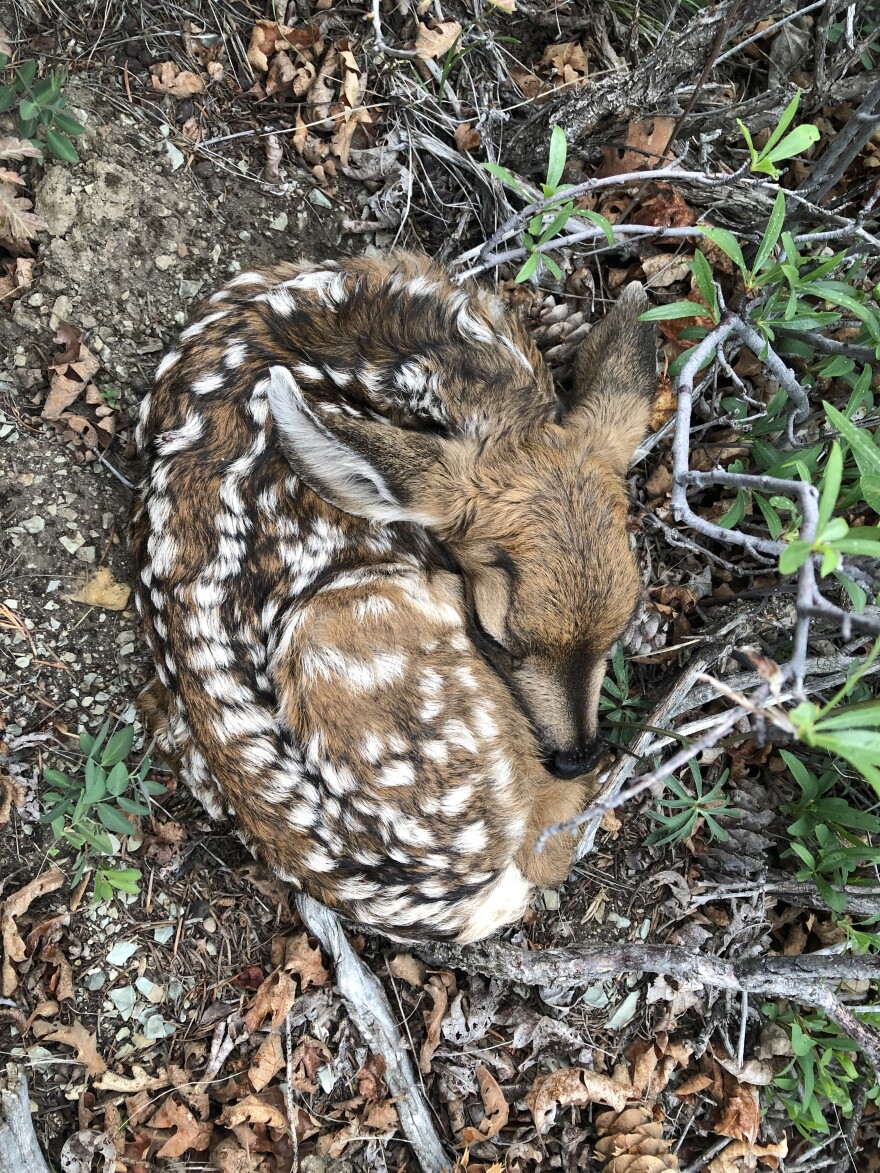
If you do see fawns or calfs, the Utah Division of Wildlife Resources is reminding everyone not to touch, try to feed or take the baby animal home. Doing so can have dangerous consequences for the animal and all involved.
Deer fawns and elk calves are often born in June. If those out in the wilderness do see a young animal absent its mother, the DWR said it's highly unlikely it was abandoned.
“Newborn fawns are actually frequently alone and isolated during their first weeks of life — and that’s on purpose,” DWR big game coordinator Dax Mangus said. “The mother knows that leaving the fawn alone is the best way to protect it from predators.”
Newborn big game animals fall into two categories: followers and hiders.
- Followers include bison calves and bighorn sheep lambs, which follow their mothers shortly after they’re born.
- Hiders, such as mule deer fawns and elk calves, do the opposite — they hide, alone, for most of the day for the first two to three weeks of their lives.
Hiding is the best way for fawns to stay safe right after they are born, according to the DWR.
What to do if a deer fawn or an elk calf appears to be alone:
- Don’t approach it. Watch it or take a photo of it from a distance, but don’t go near it. In almost every case, the young animal has not been abandoned by its mother.
- Don’t touch it or pet it. Finding and petting newly born animals is a problem because the animal’s survival depends on it being left alone. If you touch it, you may leave your scent on the animal, which could draw predators to it.
- Give it plenty of space. Even if you don’t touch the fawn or calf, getting too close can cause it to run away from you, resulting in the animal using energy it needs to survive.
- Never attempt to remove a fawn or calf from the wild or take it home. DWR conservation officers occasionally respond to instances where an individual has taken a baby deer or elk home to “care for it.” However, that often has fatal consequences for the animal and can also create public safety risks as the animal matures. It is illegal to keep wildlife in captivity and can result in a class A misdemeanor. If you believe that a baby animal is injured or sick, report it to the nearest DWR office.
“Keeping your distance and not touching wildlife are the keys to keeping young animals alive,” Mangus said. “Attempting to take matters into your own hands and trying to ‘help’ wildlife usually does more harm than good. Help wildlife by allowing them to remain wild.”
For more on how to safely live with wildlife, visit the Wild Aware Utah website.


